Temperature Changed Everything
What started as curiosity about precision cooking turned into a learning space where home cooks discover the science behind better meals. We've been sharing what works since 2019.
From Kitchen Experiments to Community Learning
Back in 2018, I bought my first immersion circulator on a whim. The steak that came out? Different. Not life-changing, but enough to make me wonder what else I'd been missing.
Six months of trial runs later—some brilliant, others laughably bad—I realized the real barrier wasn't equipment cost. It was understanding. Most cooking education focuses on technique, but sous-vide demands you think about time and temperature as your main tools.
By early 2019, we started running small weekend workshops from a rented kitchen space. Word spread. People wanted to understand why 56°C makes beef tender but 62°C doesn't. Or how long actually matters when you're cooking at lower temps.
These days, we run structured programs that combine hands-on practice with the science that makes this cooking method work. Our students range from complete beginners to experienced cooks looking to add precision to their skill set.
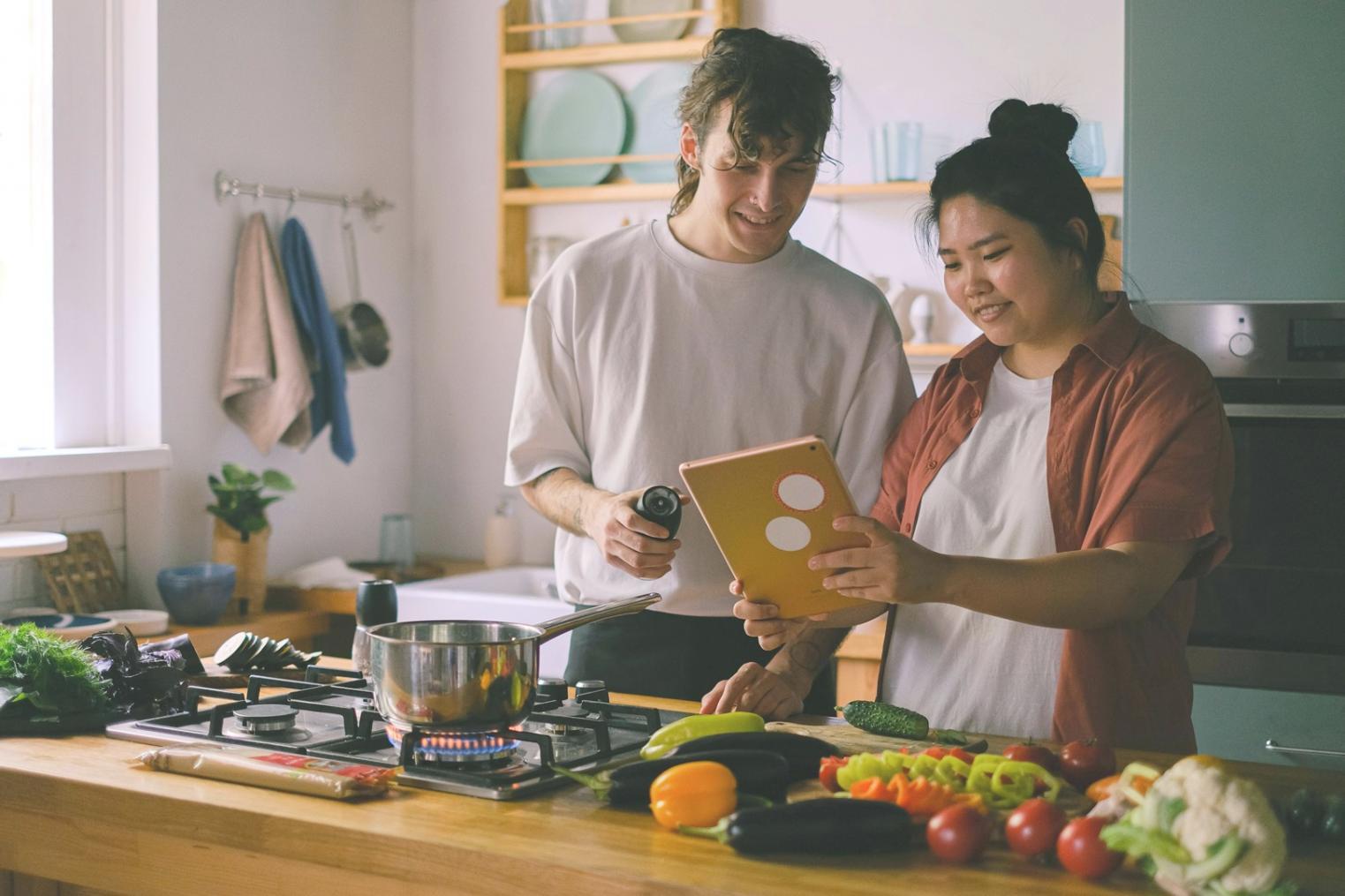
How We Actually Teach This Stuff
Sous-vide isn't complicated once you understand a few core principles. Our approach strips away the mystique and focuses on what you need to know to cook well.
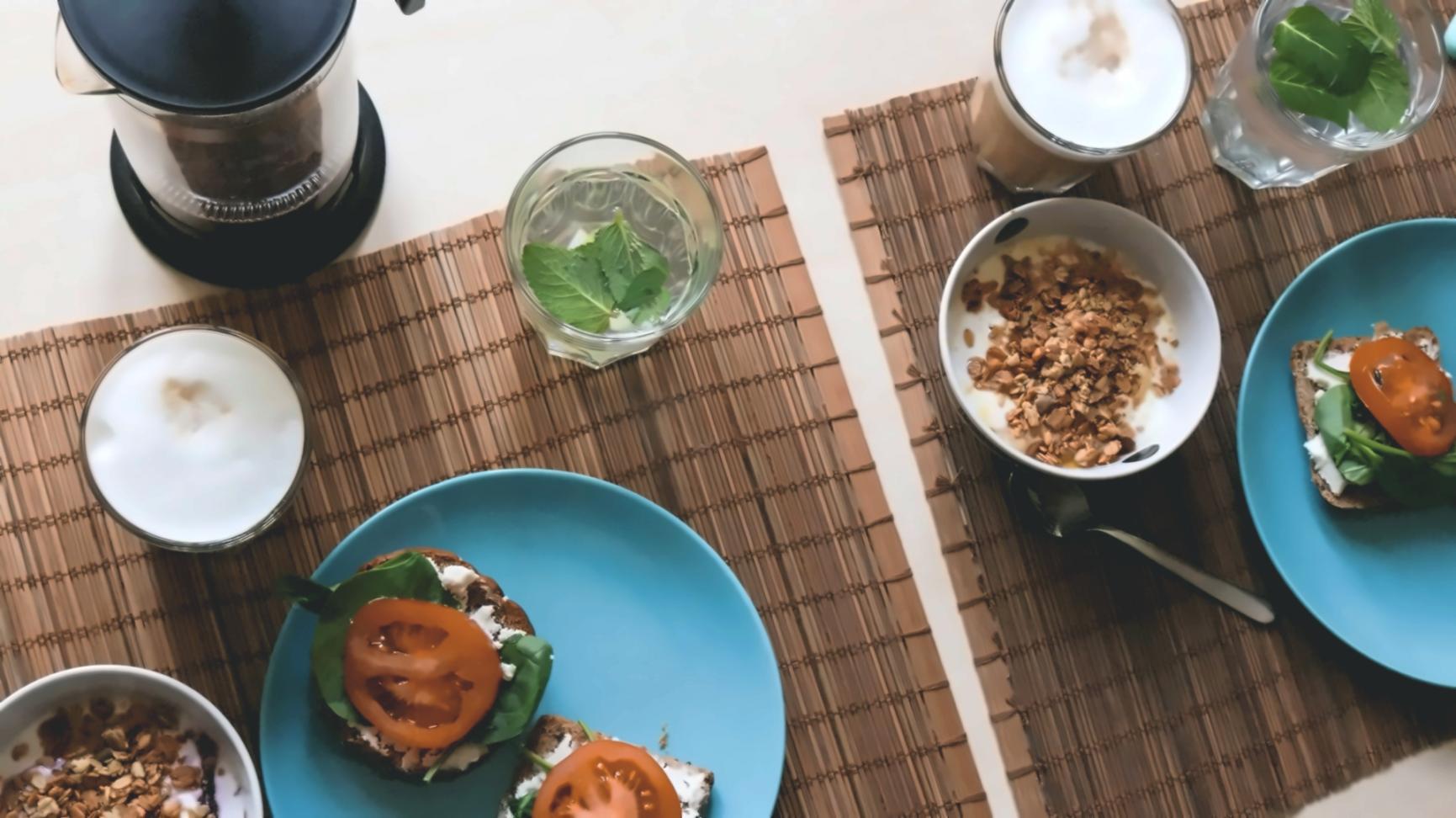
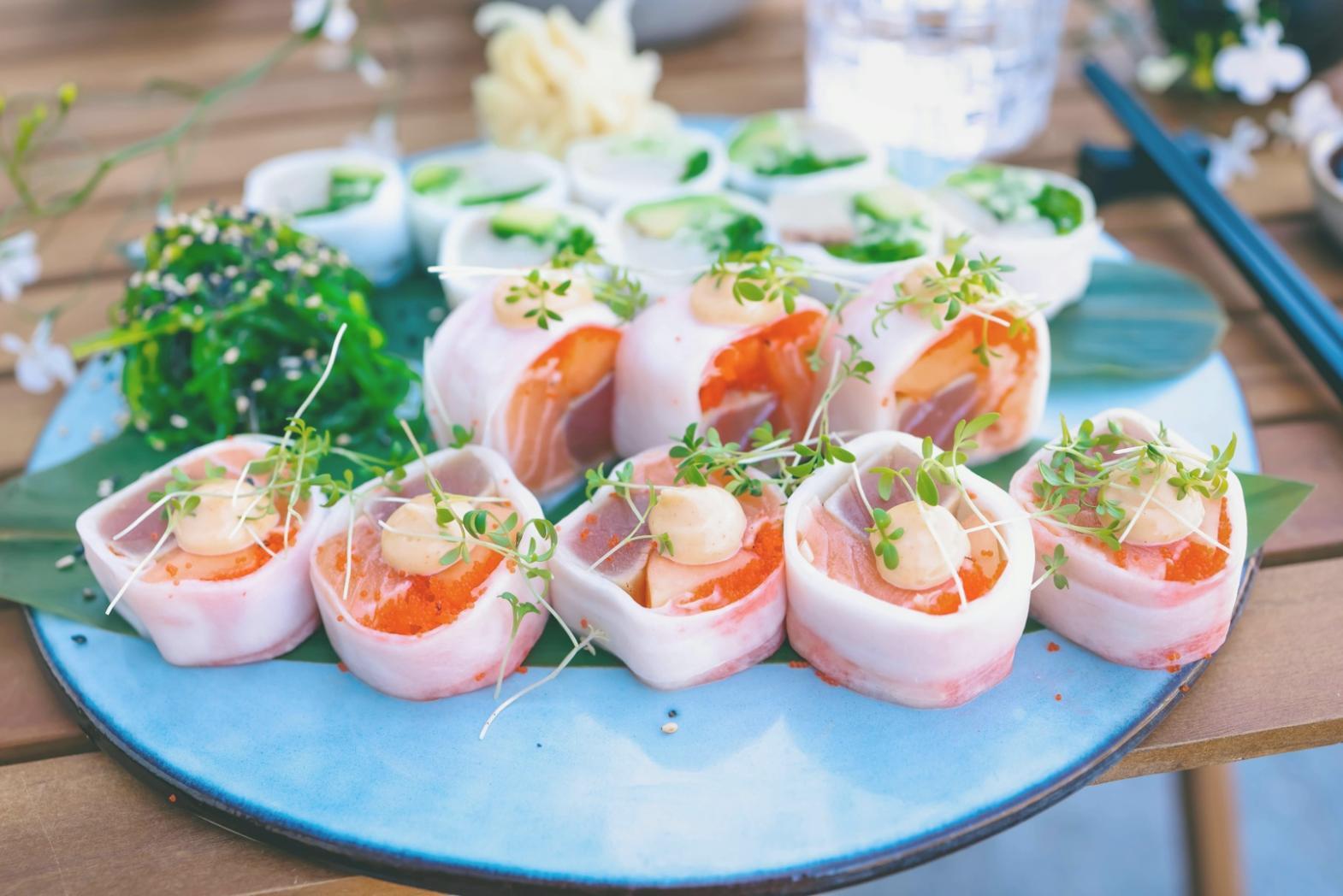
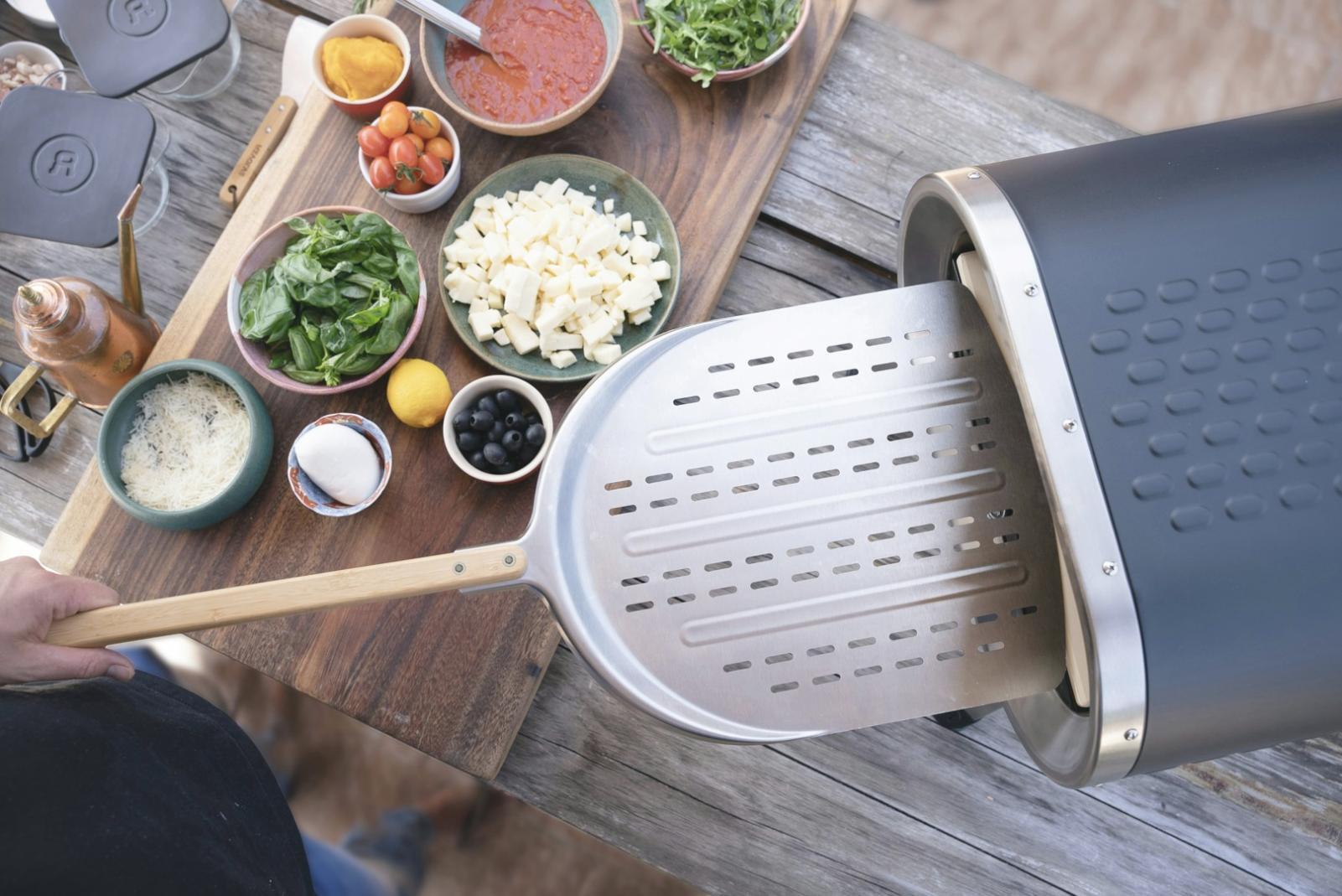
Temperature First, Everything Else Second
We spend the first session just on thermal control. Understanding why certain temperatures work for different proteins changes how you think about cooking. Once that clicks, the rest makes sense.
Small Groups, Real Equipment
Maximum eight students per session. Everyone gets hands-on time with commercial circulators, vacuum sealers, and proper measuring tools. You're not watching someone else cook—you're doing it.
Mistakes Are Part of the Curriculum
We deliberately cook things wrong in week two. Overcooked fish, under-seasoned vegetables, poorly sealed bags. Seeing what doesn't work helps you recognize and fix problems at home.
Who's Actually Teaching
Two people run our programs. We're not celebrity chefs. Just folks who've spent years figuring out precision cooking and like helping others skip the frustrating parts.

Henrik Bjørnstad
Trained in conventional culinary methods for eight years before discovering sous-vide could solve problems he'd always worked around. Now spends most of his time explaining thermal dynamics to skeptical home cooks. Previous work includes restaurant kitchens across Oslo and Toronto.
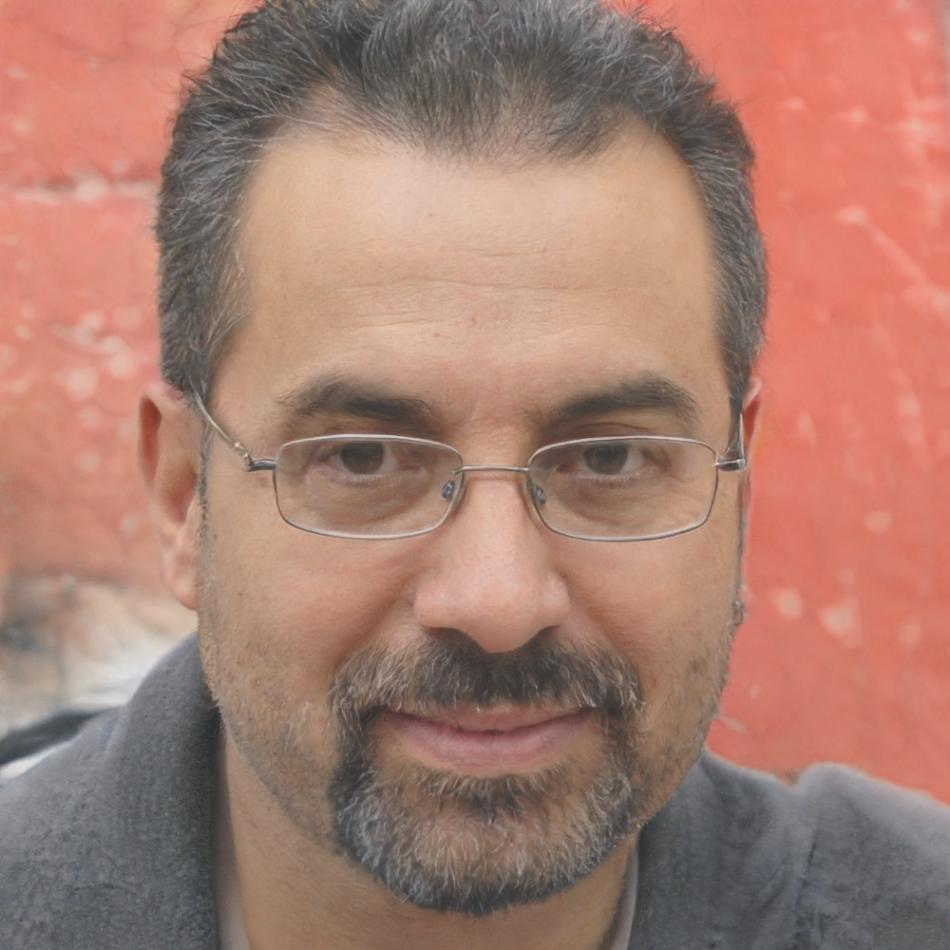
Callum Fitzpatrick
Former mechanical engineer who pivoted to cooking education after realizing precision tools needed better teaching materials. Handles all equipment setup, maintenance protocols, and the technical segments of our curriculum. Also the person to ask about vacuum sealer troubleshooting.